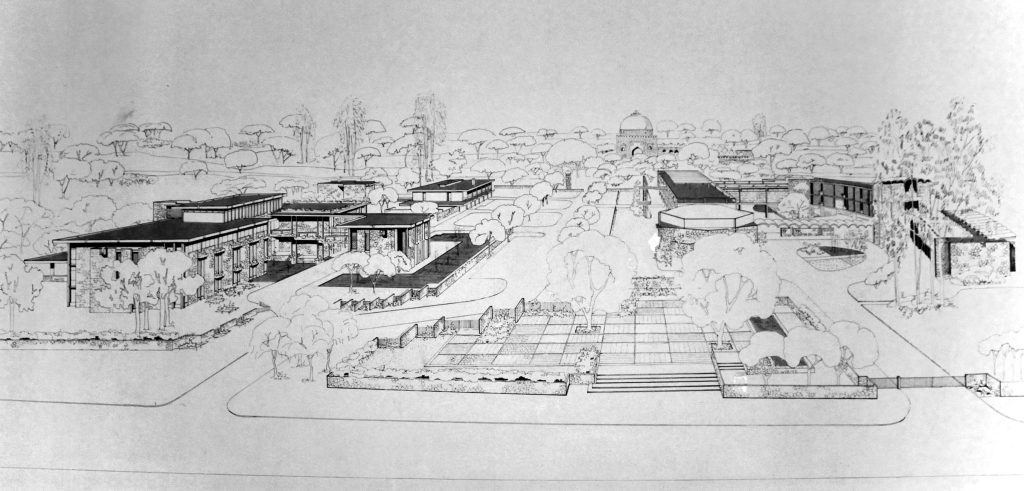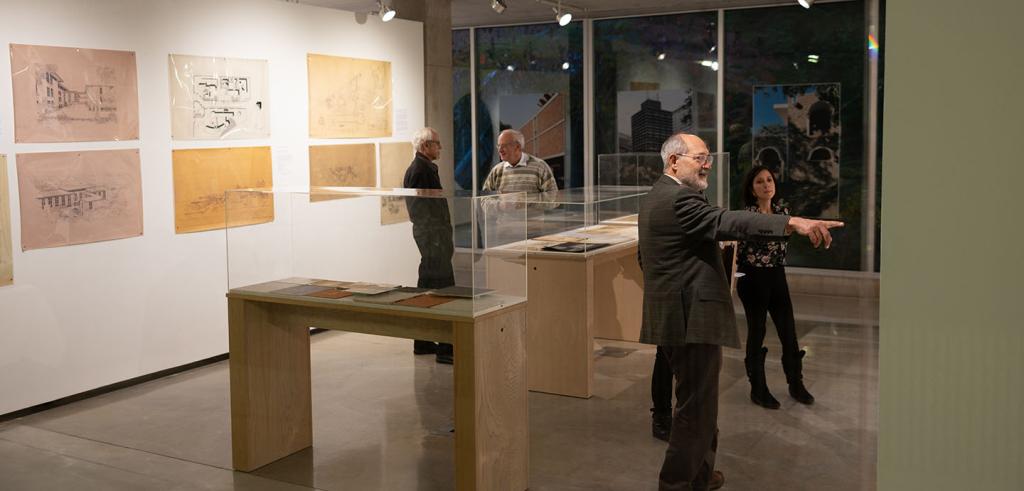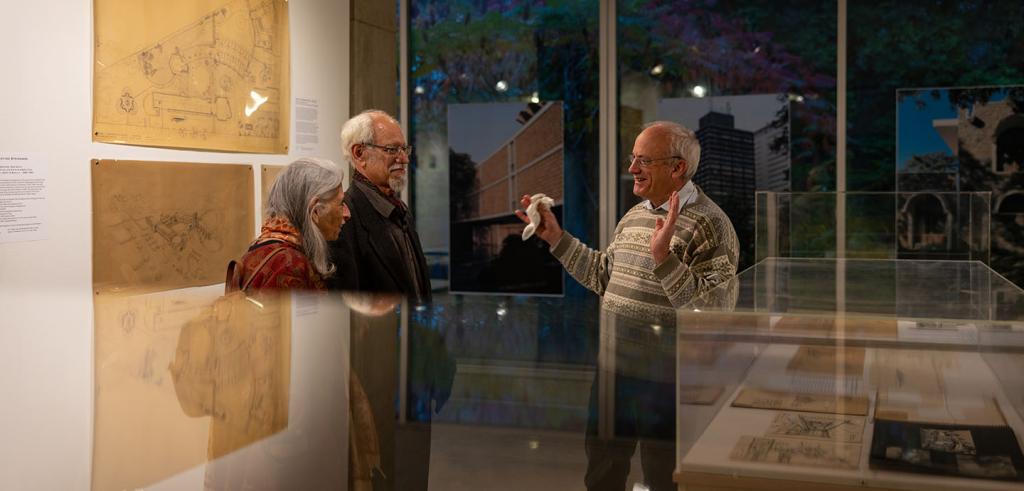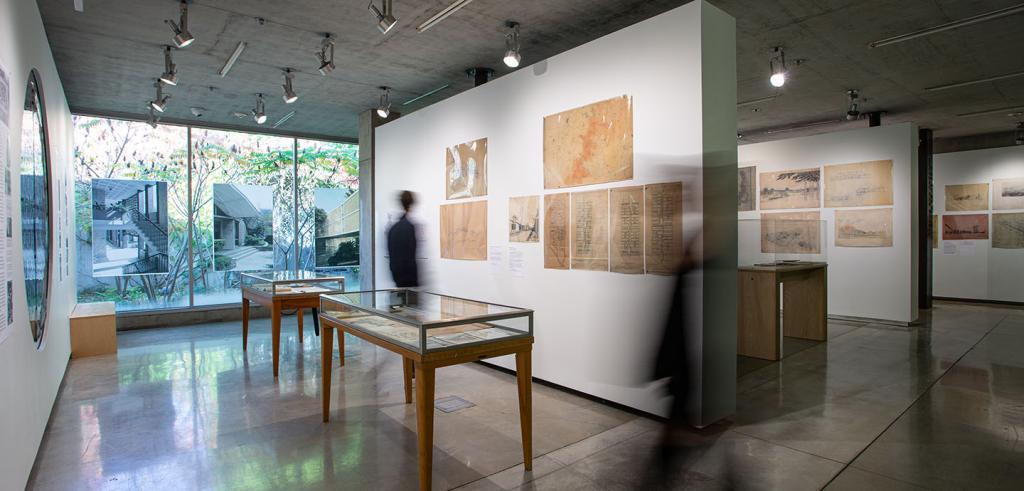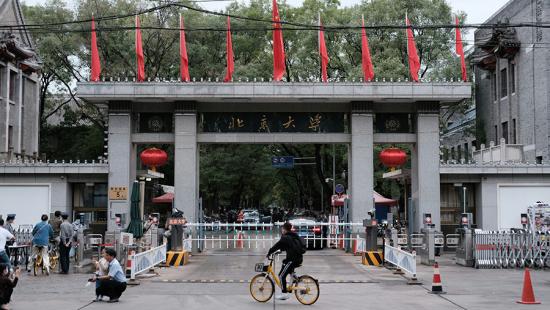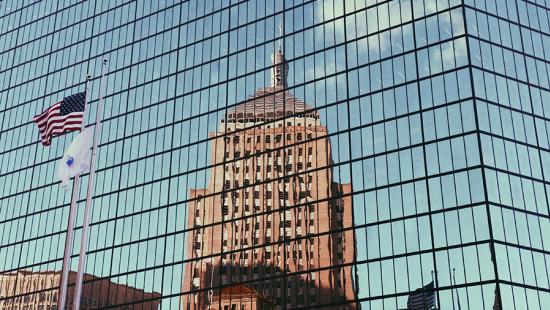Between Worlds Exhibition: The Life and Work of Joseph Allen Stein in the U.S. and India
Joseph Allen Stein (1912–2001) was a rising young architect in the San Francisco Bay Area when the political storms of the time drove him and his family to India. Arriving to head the new architecture program at the Bengal Engineering College in Calcutta in 1952, just five years after the country's independence, he soon began working on an increasingly important series of projects, on his own and with various partners, and his firm would become the largest in India. Clients included the Ford and Rockefeller Foundations, various non-profit organizations, governmental entities, and private businesses and individuals. Despite his expatriate status, he became one of the leading figures in the architecture of independence, and today his buildings, such as the India International Centre, the India Habitat Centre, the Triveni Kala Sangam, ICRISAT, the Indian Express Tower, and the Australian High Commission's Chancery, are monuments of the era. Stein's interests included long-span lightweight structures, regional modernism, the environment of the Himalayas, and sustainability more broadly.
This year, Stein's family has given a significant tranche of materials from his personal archive to the Cornell University Library. The gift includes some 5,000 drawings, firm brochures, publications, and other documents from over 70 years of Stein's professional life. From October 17 -28, Jeffrey Chusid will present the exhibition based on the gift in the Bibliowicz Family Gallery in Milstein Hall.
Attend the related Between Worlds Lecture: The Life and Work of Joseph Allen Stein in the U.S. and India, October 21, 2022, Abby and Howard Milstein Auditorium, Milstein Hall.




